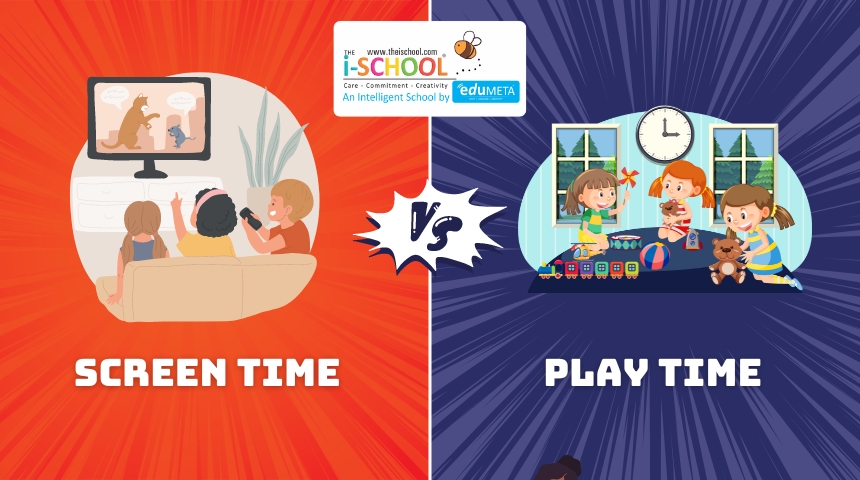Balancing Screen Time and Playtime

In today’s digital age, children are surrounded by screens, from smartphones and tablets to computers and televisions. While technology can offer educational benefits, it’s essential to strike a balance between screen time and playtime. In this article, we’ll explore the importance of finding the right mix and offer practical tips for parents to achieve a healthy balance.
Understanding the Importance of Balance
- Promoting Healthy Development: Playtime is crucial for children’s physical, cognitive, and social-emotional development. It allows them to explore their surroundings, engage in imaginative play, and develop important skills.
- Limiting Sedentary Behavior: Excessive screen time can lead to sedentary behavior, which is associated with health issues such as obesity and poor posture.
- Protecting Mental Well-being: Constant exposure to screens can impact children’s mental health, leading to issues like digital addiction, anxiety, and sleep disturbances.
- Enhancing Learning Opportunities: While screens can offer educational content, real-world experiences and interactions during playtime are essential for holistic learning and creativity.
Tips for Balancing Screen Time and Playtime
- Set Clear Limits: Establish clear guidelines for screen time and playtime. Create a daily schedule that includes designated times for both activities.
- Lead by Example: Be a positive role model by demonstrating balanced screen habits yourself. Limit your own screen time and prioritize engaging in play and activities with your child.
- Choose High-Quality Content: When allowing screen time, opt for high-quality, age-appropriate content that is educational and interactive.
- Encourage Outdoor Play: Make outdoor play a priority. Spending time in nature promotes physical activity, imagination, and sensory exploration.
- Create Screen-Free Zones: Designate certain areas of your home, such as the dining room or bedrooms, as screen-free zones to promote face-to-face interactions and family bonding.
- Engage in Interactive Play: Join your child in hands-on, interactive play activities such as building blocks, puzzles, or arts and crafts.
- Establish Tech-Free Times: Designate specific times of the day, such as mealtime or bedtime, as tech-free periods to promote family communication and relaxation.
- Monitor Content and Duration: Keep track of what your child is watching and how much time they spend on screens. Use parental controls and set timers to enforce limits.
- Encourage Hobbies and Interests: Support your child in pursuing hobbies and interests that don’t involve screens, such as sports, music, or reading.
- Communicate Openly: Have open and honest conversations with your child about the importance of balance and the potential effects of excessive screen time.
Finding the Right Balance
Finding the right balance between screen time and playtime may require trial and error, as every child and family is unique. It’s essential to be flexible and adaptable while consistently prioritizing the well-being and development of your child. By fostering a balanced approach, you can ensure that your child enjoys the benefits of technology while also experiencing the joys of unstructured play and exploration.
